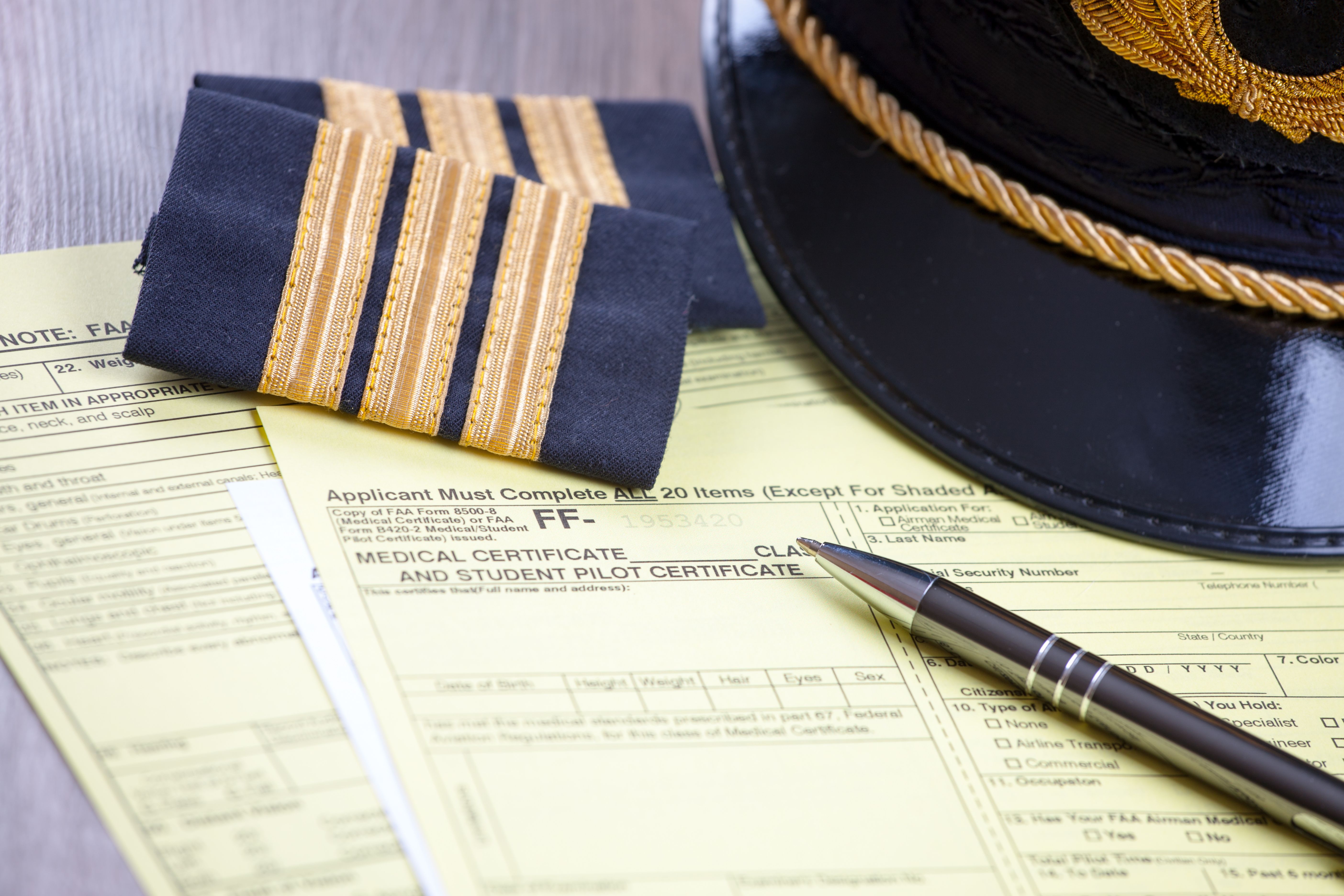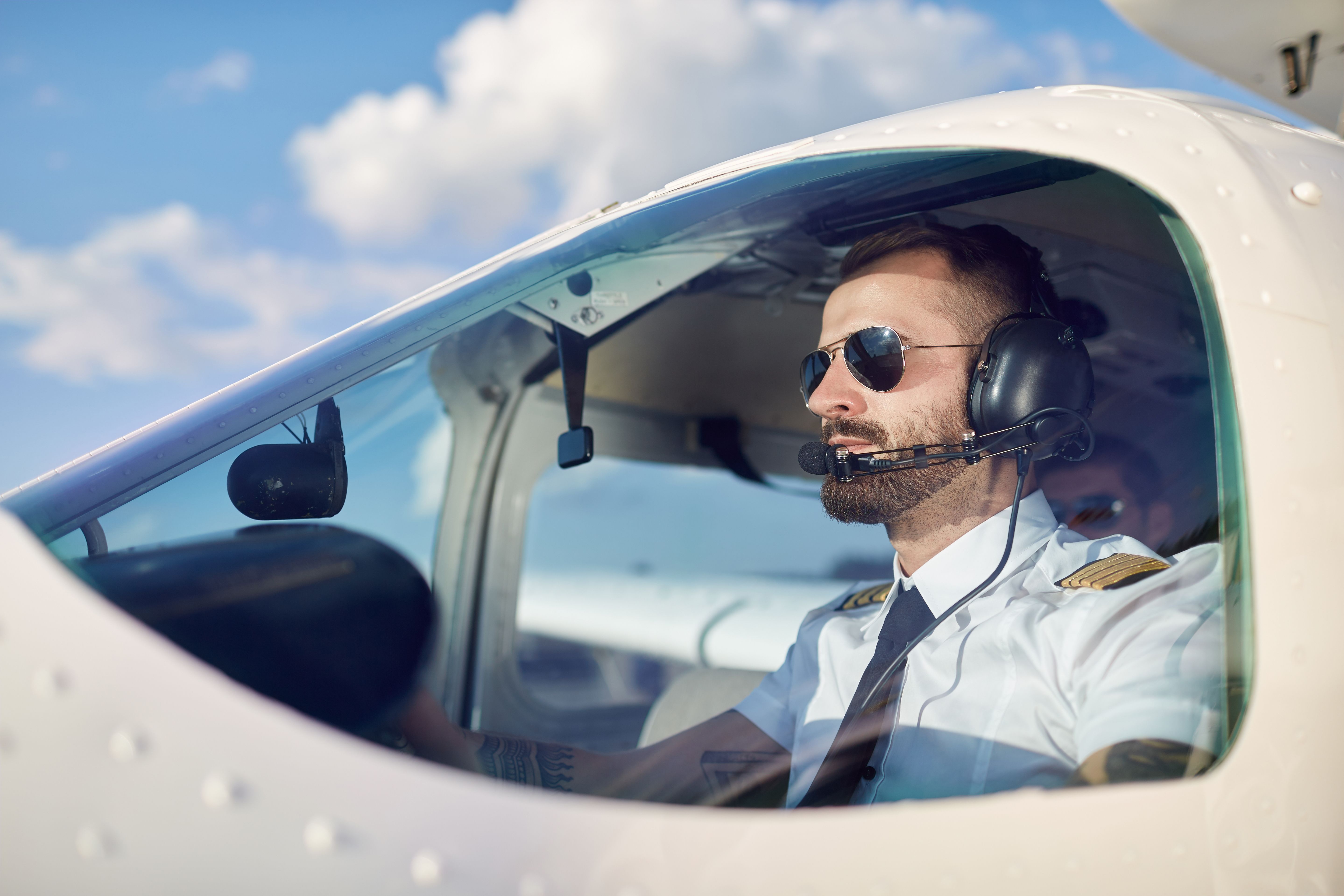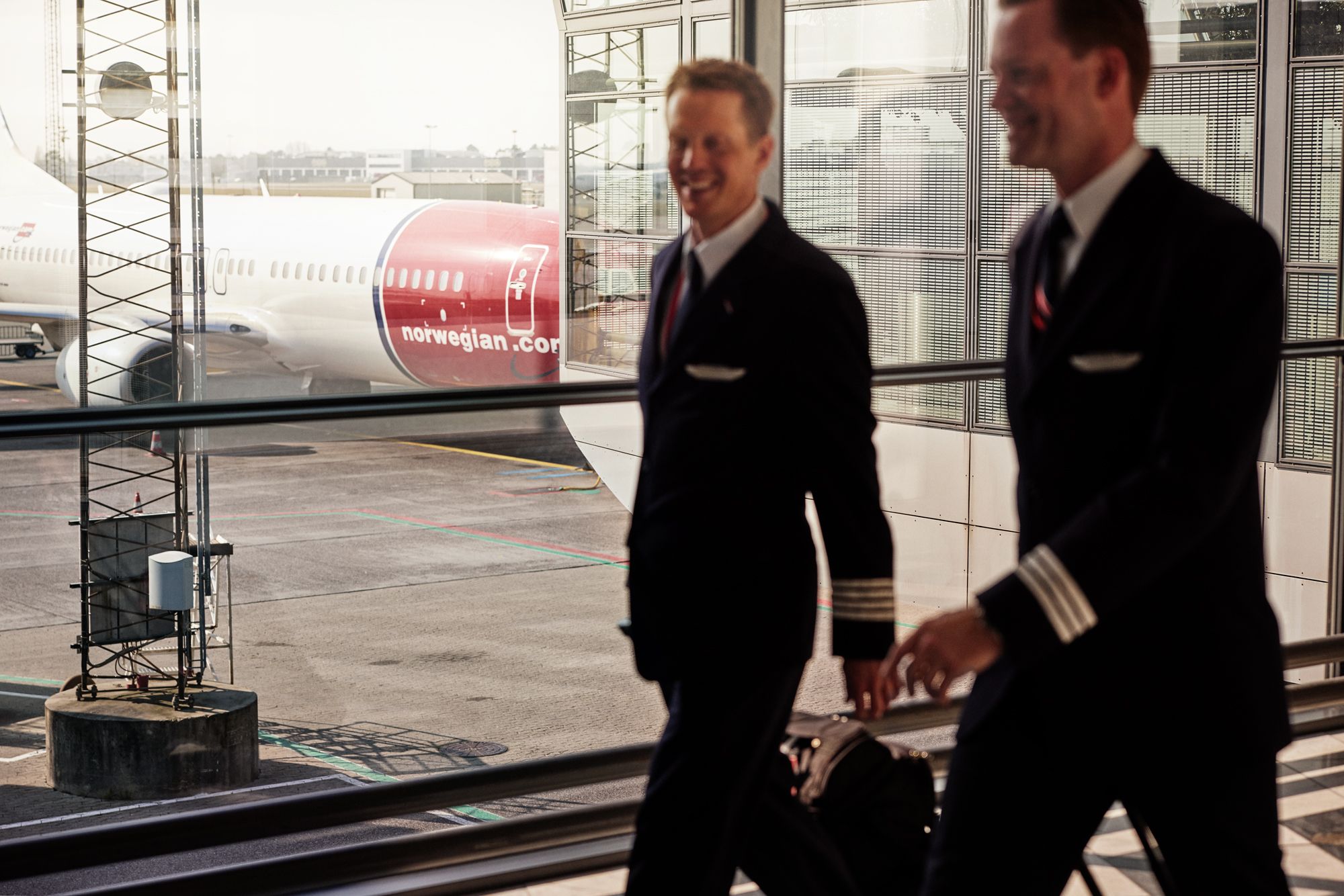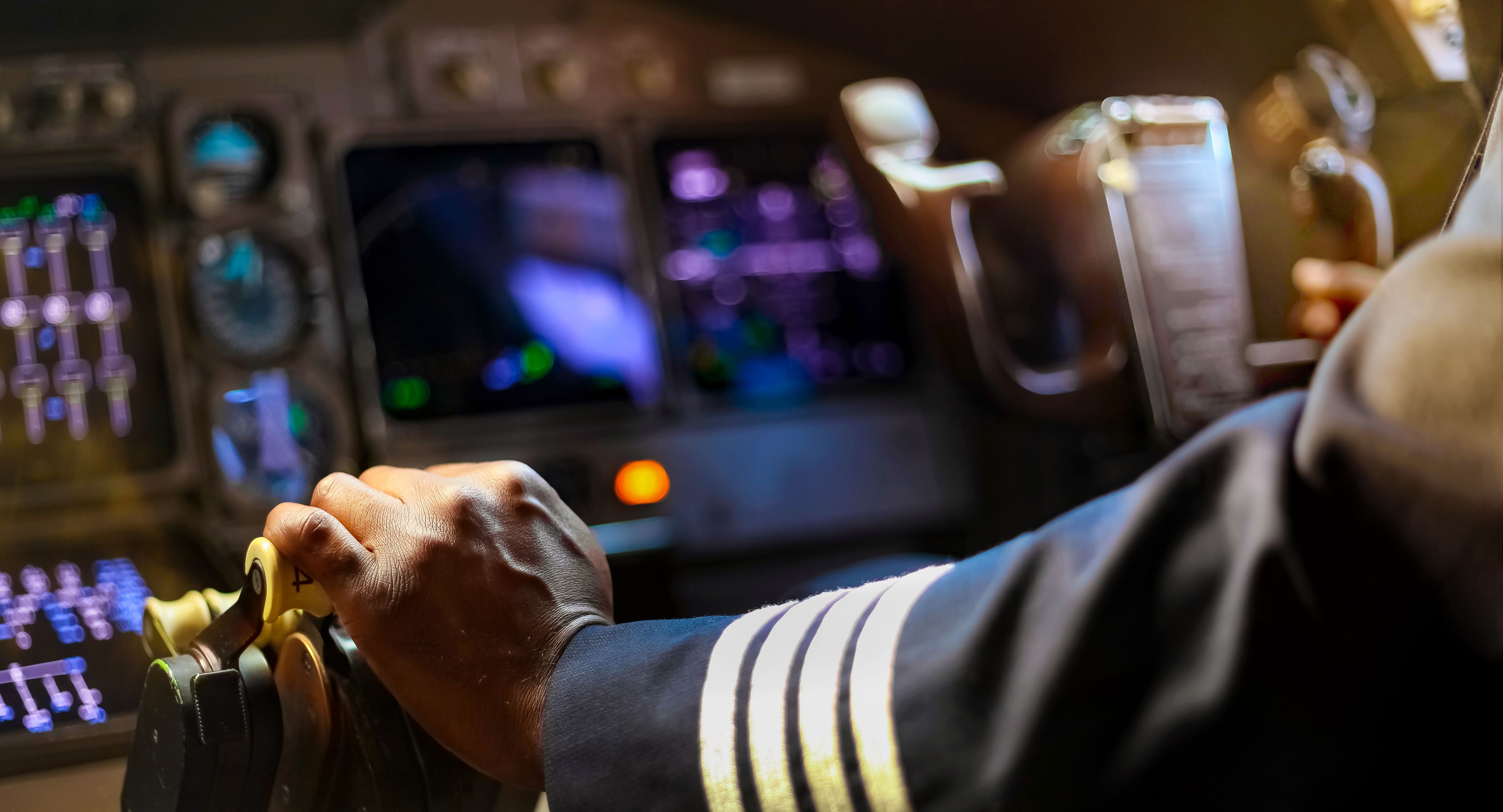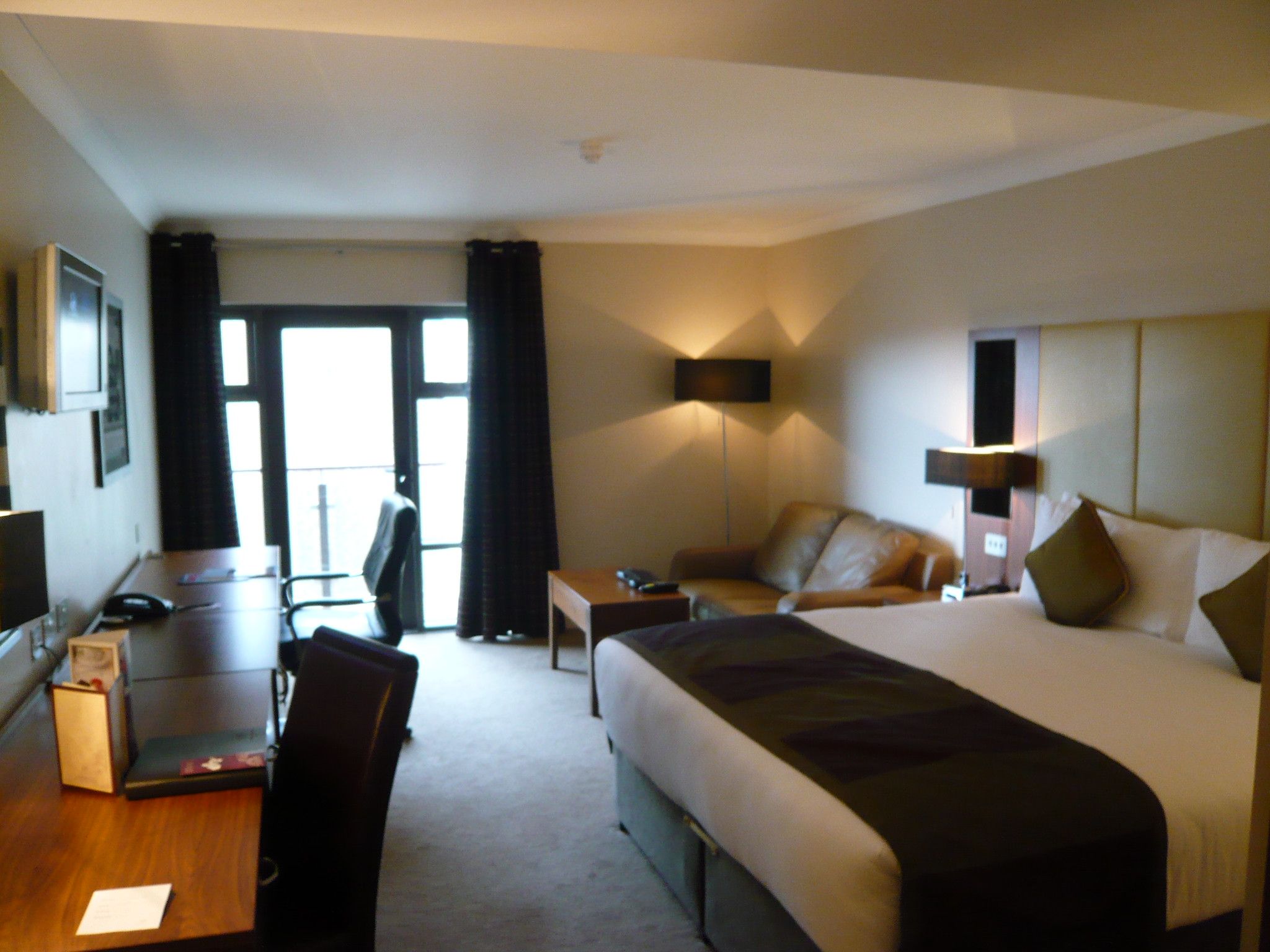Summary
- Pilots must pass a medical exam to ensure physical and mental fitness.
- Beards are prohibited due to oxygen mask safety concerns.
- Pilots must follow strict alcohol consumption rules to ensure sobriety.
When you step onto an airplane, you place your trust in the hands of the pilots responsible for your safety and the smooth operation of the flight. Being a pilot requires a lot more than just piloting the aircraft. Behind the scenes, these aviators adhere to a multitude of regulations and guidelines to ensure that every flight is as safe and efficient as possible. Let’s delve into five little-known rules that you might not be aware of.
1
Pilots must hold a current medical certificate
Medical certificates are renewed periodically
- Vision
- Hearing and audiology
- Pulse and blood pressure
- Electrocardiogram
- Mental
- Substance
- Disqualifying conditions
Ensuring pilots are healthy and fit to perform their duties is critical, especially when those pilots are flying with passengers. To that end, pilots are required to hold a current medical certificate demonstrating their physical and mental fitness to operate an aircraft.
Photo: Monika Wisniewska I Shutterstock
These certificates are issued by authorized aviation medical examiners and come in different classes based on the type of flying the pilot does. The higher the class, the more stringent the medical examination and, generally, the more frequently they must get the certificate renewed.
This also means that pilots can lose their ability to fly if they cannot pass a medical examination. Even a minor health issue could lead to temporary grounding until the issue is resolved. This stringent medical evaluation process strives to ensure that pilots are in the best health and condition for their flight.
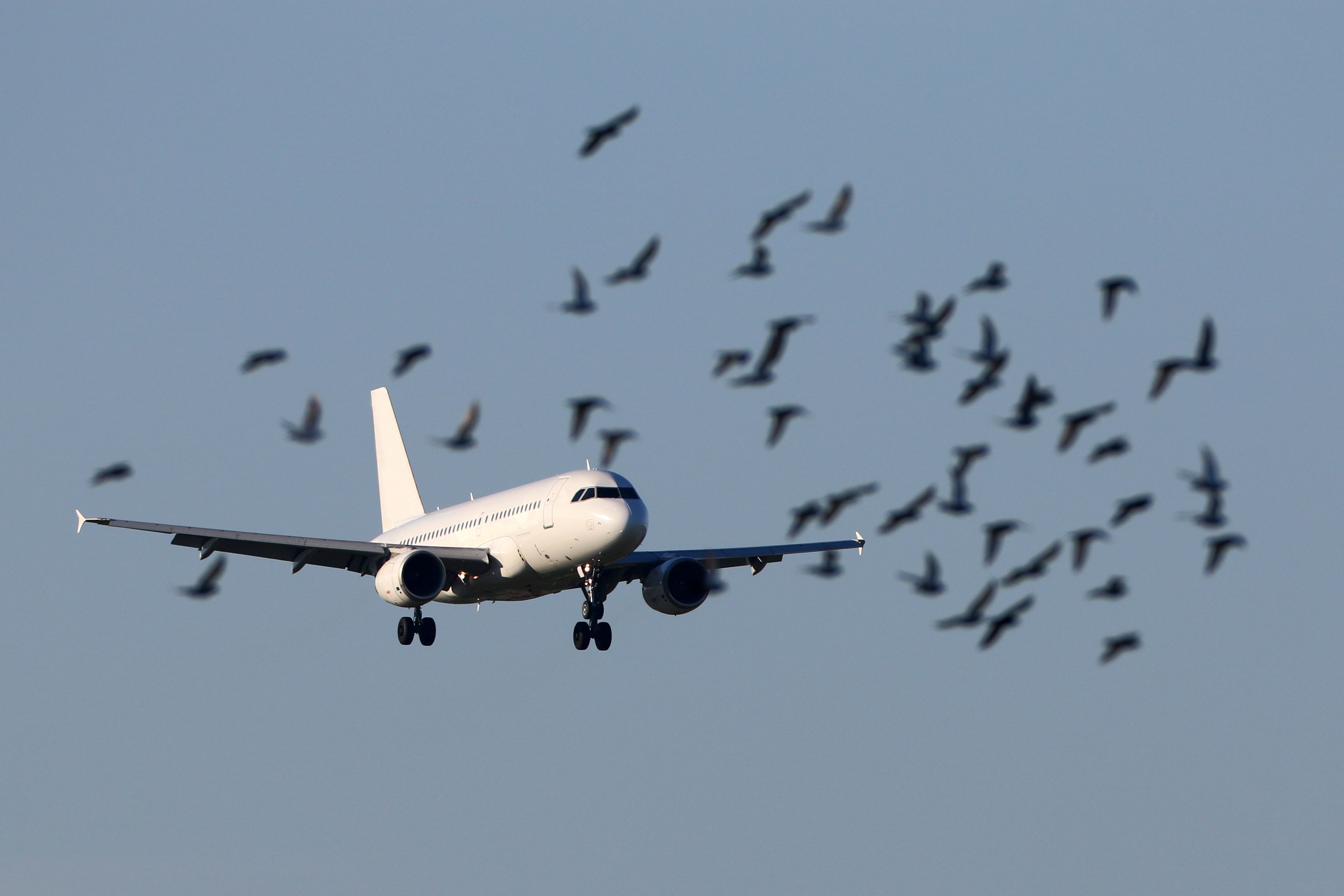
Related
How Are Pilots Trained To Handle Bird Strikes?
Dealing with unavoidable wildlife encounters.
2
Beards are a no-go
It may affect the use of oxygen masks
- Safety and oxygen masks
- Uniformity and professionalism
- Equipment compatibility
- Health considerations
While it might seem trivial, facial hair is often regulated by airlines, especially in the US. As Wayman Aviation Academy states, this prohibition is generally rooted in safety concerns surrounding the use of oxygen masks in the case of cabin depressurization. A proper seal is essential for the effective operation of oxygen masks during emergencies, which is understandably critical for pilots, especially.
Photo: begalphoto | Shutterstock
The reasoning goes that a beard could potentially prevent the mask from creating a proper seal, compromising the flow of oxygen to the pilot’s lungs. While this is the standard in the US, it is worth noting that this line of thinking has been challenged in recent studies. Many airlines outside the US do not require their pilots to be clean-shaven.
An FAA Advisor Circular titled The Influence of Beards on Oxygen Mask Efficiency concludes:
“Bearded crewmembers should be aware that oxygen mask efficiency is reduced by the presence of facial hair. Demand masks, such as those used in protective breathing equipment, many times cannot be donned rapidly nor seal effectively when used by bearded individuals. can adversely affect the performance of the mask and reduce crewmember awareness, capability, and performance.”
Nonetheless, even in the US, pilots are usually allowed to sport mustaches as long as they are neatly trimmed and do not interfere with the mask’s seal.
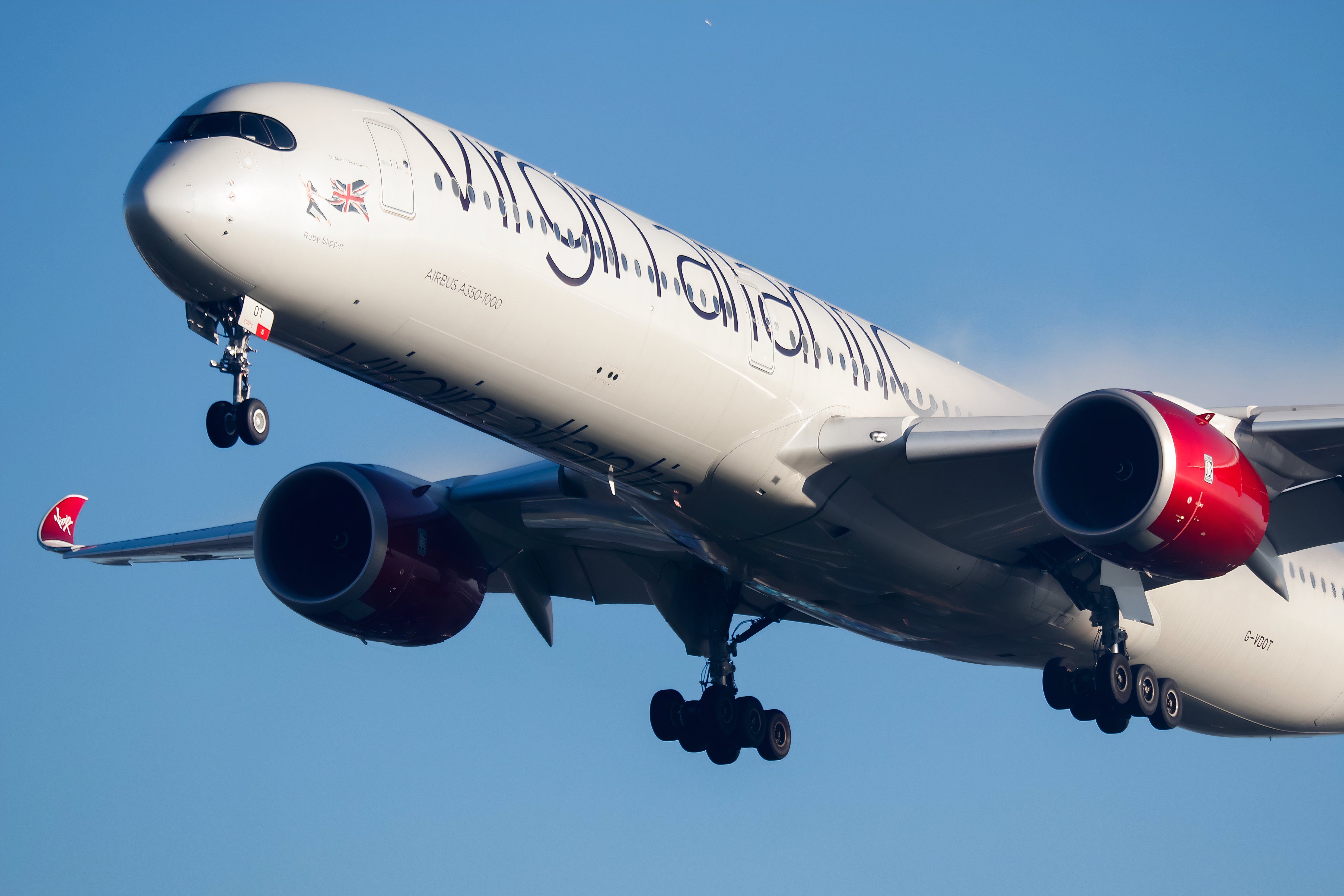
Related
Virgin Atlantic Terminates Contract Of Pilot Who Also Flew For KM Malta Airlines
Virgin has shared that the pilot’s contract was terminated during her training period due to not meeting high standards.
3
Strict alcohol consumption regulations
“Bottle to throttle” rule
- At least eight hours between bottle and throttle
- May not have a BAC exceeding 0.04% on duty
Alcohol and aviation are a combination that must be handled with utmost care. The FAA says pilots are not permitted to have even a sip of alcohol within eight hours of flying. This zero-tolerance policy, often referred to as the “bottle to throttle” rule, ensures that pilots are completely sober and in full control when operating an aircraft. It takes into consideration the effects of alcohol on cognitive functions, reaction times, and decision-making abilities, which are all critical during flight.
Photo: Norwegian
Such a regulation serves as a reminder of the heavy responsibility pilots carry and the need for a clear mind when navigating the skies.
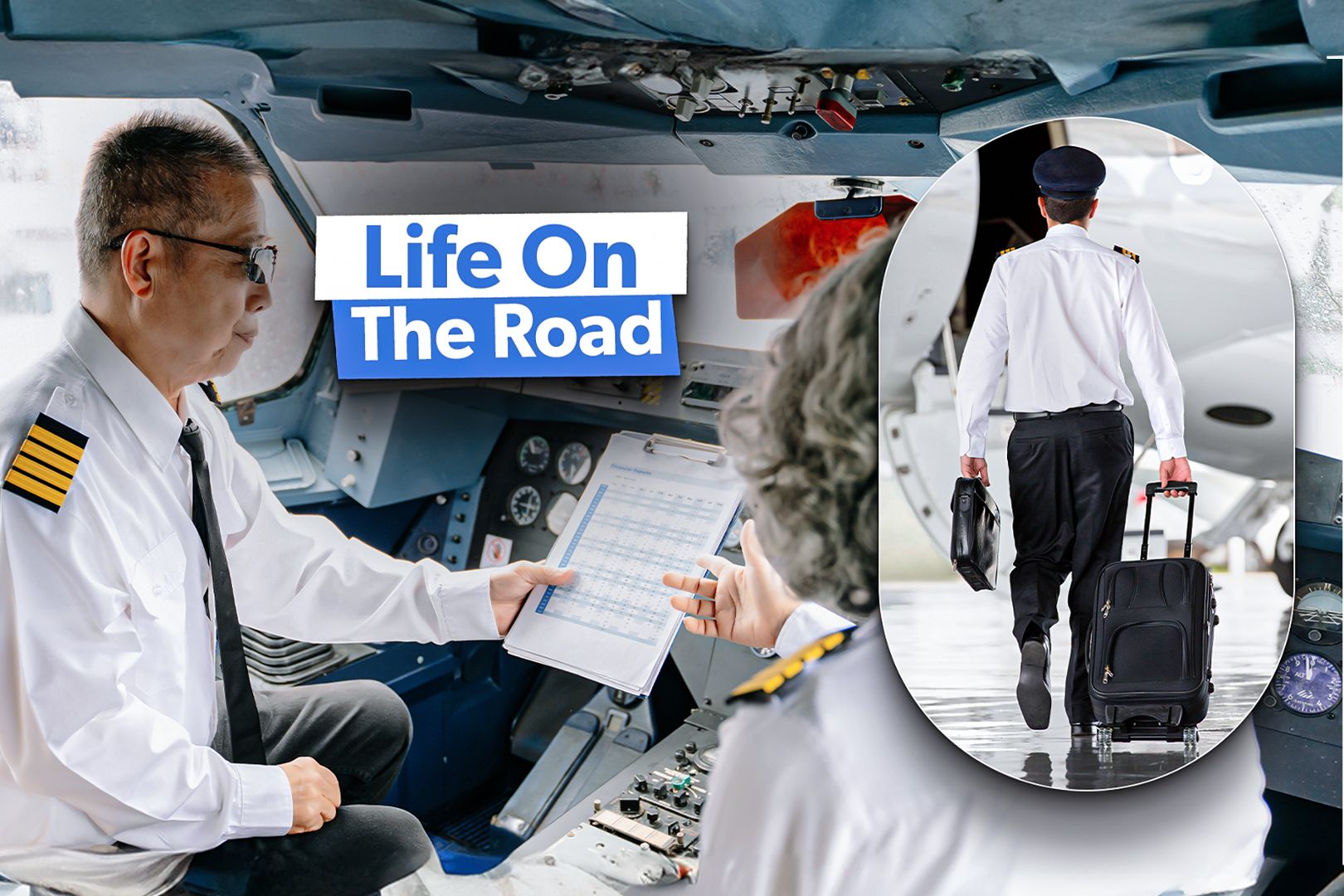
Related
Away For Days At A Time? How Pilots’ Trips Are Constructed
Pilots spend anywhere from no nights to weeks at a time away from home. A lot of it depends on whether they fly cargo or people.
4
The sterile cockpit rule
During the critical phases of flight
- No non-essential duties, activities, or conversations
- Such activities can lead to distractions
- Compromise the safety of flight
When the aircraft is in critical phases of flight, such as taxiing, takeoff, landing, and flight operations below 10,000 feet, the FAA requires pilots to maintain a “sterile cockpit.” This means that they cannot engage in non-essential duties, activities, or conversations unrelated to the flight. The focus during these crucial moments must remain solely on the safe operation of the aircraft.
Photo: Sunshine Seeds | Shutterstock
Science Daily suggests that the sterile cockpit rule acknowledges that distractions during critical phases can have serious consequences. By enforcing this rule, pilots ensure that their attention is entirely dedicated to the intricate tasks at hand, minimizing the risk of errors due to distractions.
This was a hot topic in India this year following the incident that saw a flight deck violation during an Air India flight between Dubai and Delhi. The airline subsequently ordered the upholding of a safe cockpit environment to avoid such situations from occurring.
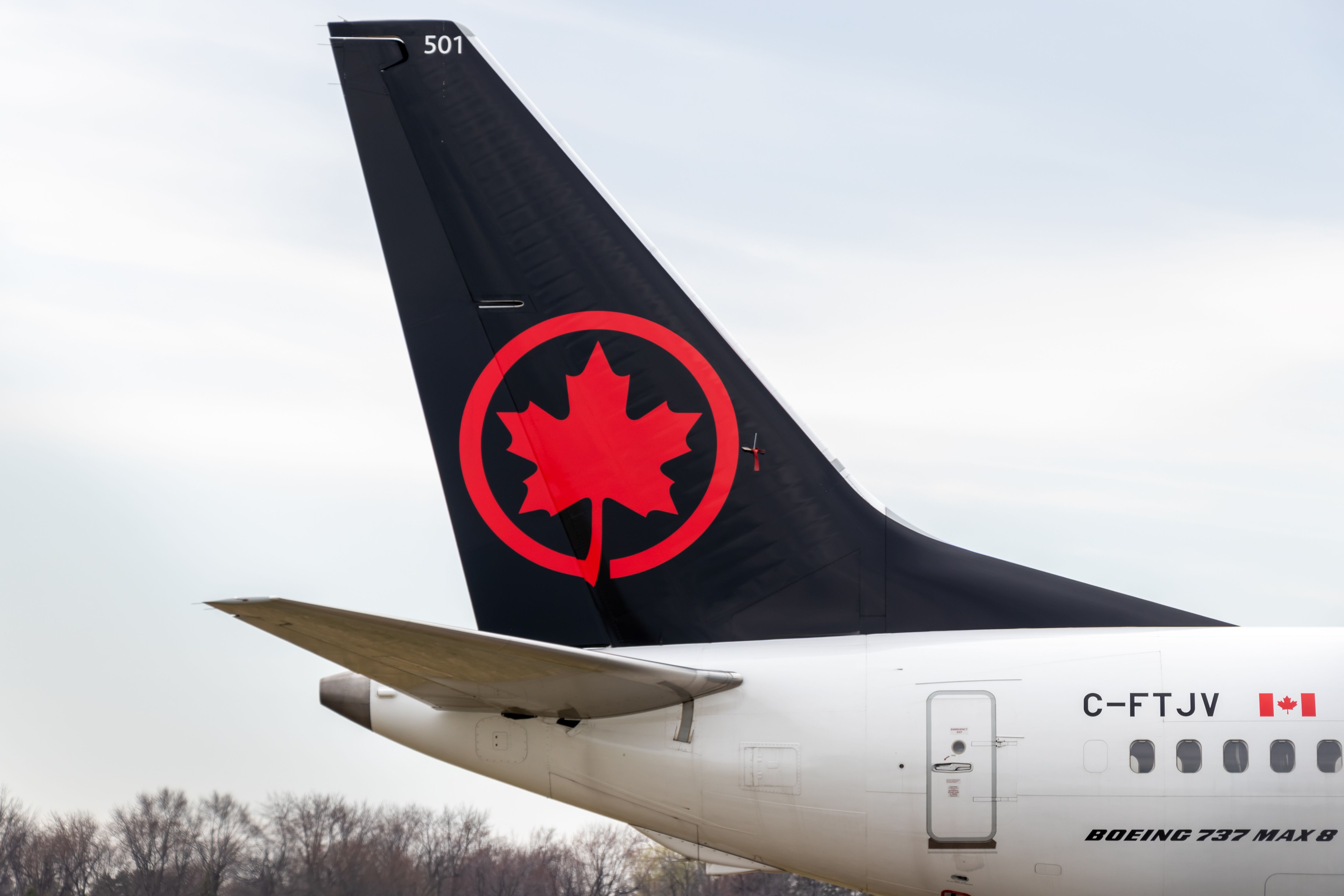
Related
Air Canada Pilots Bring Contract Dispute To Federal Mediators
According to Air Canada’s pilots, their pay has stayed below the levels seen before 9/11.
5
Flight time and rest regulations
- Eight-hour flying duties
- A 16-hour rest followed by an eight-hour flying duty
- Requirements for multiple sets of pilots on long-haul flights
- Maximum shift time: 12–15 hours.
Pilots’ work hours are carefully regulated to prevent fatigue-related issues that could compromise flight safety. In the United States, airline pilots are allowed to fly for up to 8 hours within a 24-hour period. If there are two pilots on board, they can extend their flight time to up to 10 hours. However, these limits are accompanied by mandatory rest periods.
After completing their flying duties, pilots must rest for a minimum of 16 hours. This rest period is crucial for ensuring that pilots are well-rested and alert for their next flight. Fatigue is a significant concern in aviation, as tired pilots are more prone to making errors and poor decisions.
What other rules and regulations must pilots follow that most people might not consider? Let us know in the comments below.

